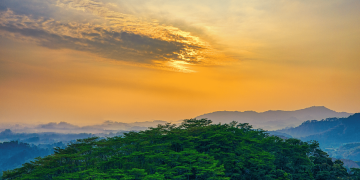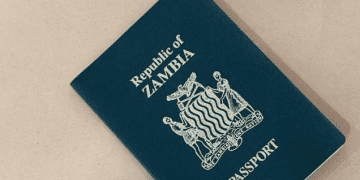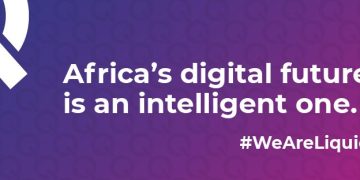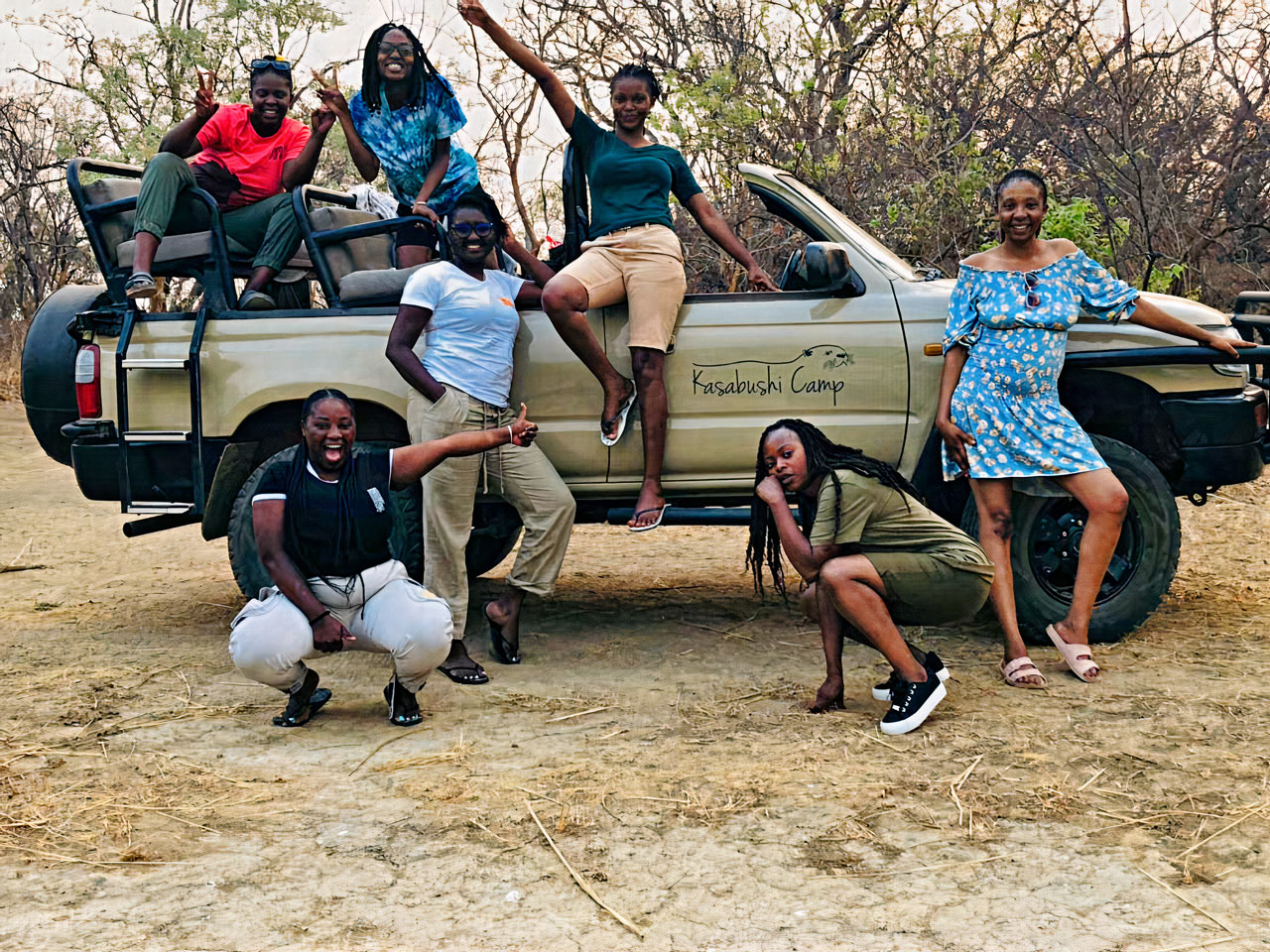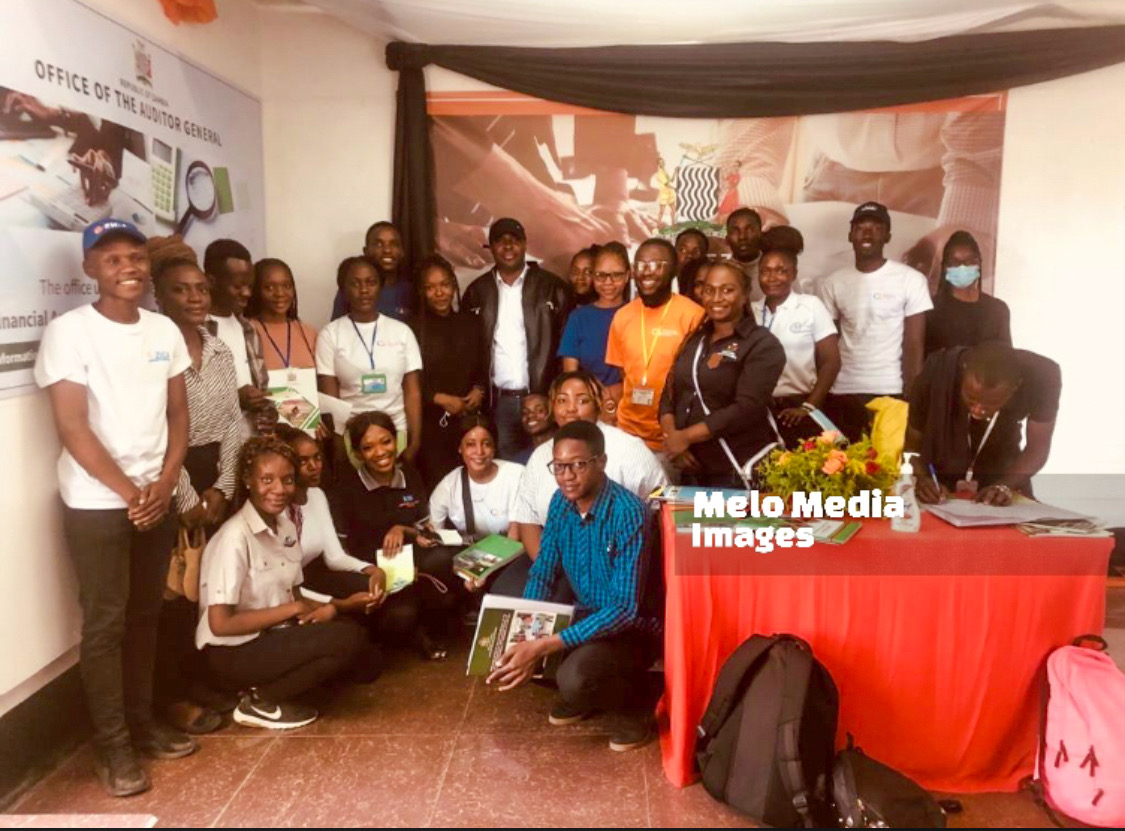KAMAYOYO Kelvin, Zambian Economist, Scholar and BuyZed Campaign Technical Advisor has noted that African Rivers are economic engines for growth because they are important to our healthy and our lives as well as they provide water for farming and processing industries across the Continent. Ostensibly, a River is a natural flowing watercourse, usually freshwater, flowing on the surface or inside caves towards another waterbody. The African continent is on the path of economic transformation and the Rivers, if harnessed properly could reinforce exponential growth because from time in memorial Rivers have supported human civilization and are a lifeblood source of food, drinking water, irrigation and transportation.
Notwithstanding, the aforesaid African Rivers continue to play a pivotal role in boosting regional economies and enhancing trade facilitation through effective interconnectivity trade routes. For instance, the Kazungula Bridge is located on the Zambezi River where Zimbabwe, Botswana, Zambia and Namibia borders interconnect and the facility is critical to transforming trade in Southern Africa and is well positioned to redirect the flow of traffic throughout much of the Continent of Africa. According to the World Bank, as a result of the completion of the Kazungula Bridge both Zambia and Botswana would greatly benefit from increased trade to fuel economic growth and tackle poverty (Emilie Zhang, 2022).
Globally, most names of Rivers are specific to some features and or geographic locations, examples are Mississippi River in United States of America, Mackenzie River in Canada, Yangtze River in China, Buriganga River in Bangladesh, Murrumbidgee River in Australia, Lena River in Russia, River Severn in United Kingdom, Danube River in German, Limpopo River in South Africa, Zambezi River in Zambia, Zhuoshui River in Taiwan, Nile River in Egypt, Niger River in Mali, Awash River in Ethiopia, and Congo-Lualaba River in the Democratic Republic of Congo. Most of the Rivers world over runs in more than one country and the names of such Rivers in some instances are unchanged from the source to its mouth, for example the Mississippi River remain unchanged from source to mouth.
According to the Water Science School (2018), the three (3) longest Rivers in the World are Nile (4,132 miles) found in Africa, Amazon (4,000 miles) in South America, and Yangtze (3,915 miles) found in Asia and the length may be considered to be the distance from the mouth to the most distant headwater source (irrespective of stream name) or from the mouth to the headwaters of the stream commonly identified as the source stream. Generally, Rivers have the ability to attract development along their stretch and this is evidenced by the creation of modern towns and cities next to the Rivers around the world today. This is also because the Rivers provide water for the essential needs of both humans living and industries operating in towns and cities around the World over. In fact, every one of us today, there is a significant probability that one lives near one of our nation’s Rivers or streams. If you ever wondered why, then the answer is that the Rivers do provide water and water is life.
In conclusion, there is no doubt that African Rivers can be relied upon in an effort to actualize the economic diversification agendas of most African countries going forward because of its inherent multi-purpose capabilities and highly integrated value-chains for development. Therefore, African Rivers are economic engines for growth and conserving water should be treated as a smart investment in our countries and our future. Additionally, we all need to protect the health of our Rivers on our Continent because they are vital to human livelihoods, fish and wildlife and support economic activities such as tourism, and agriculture.



